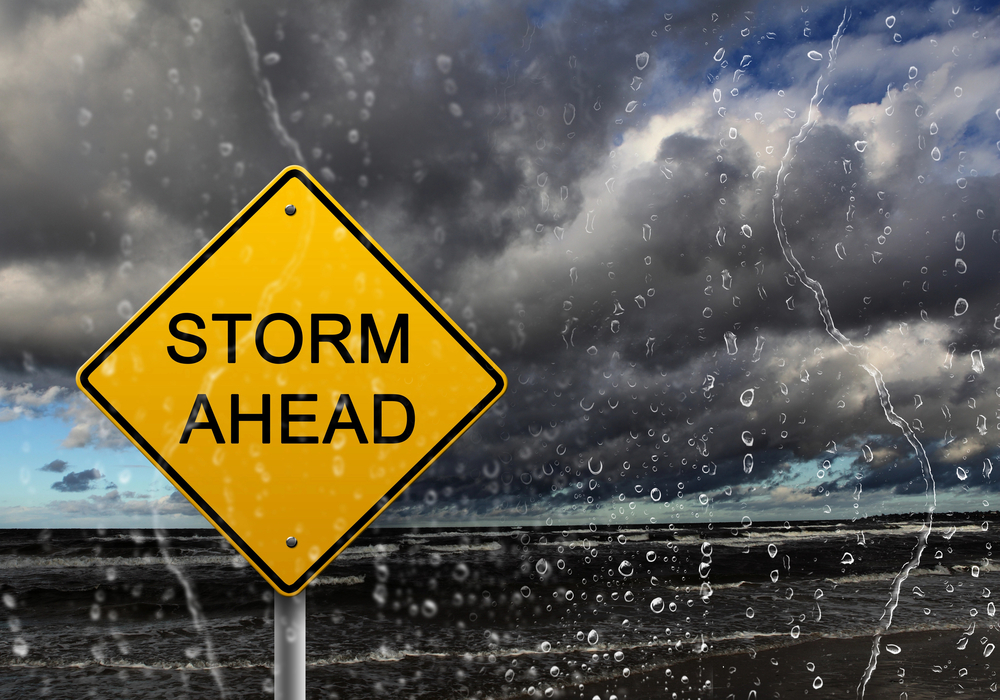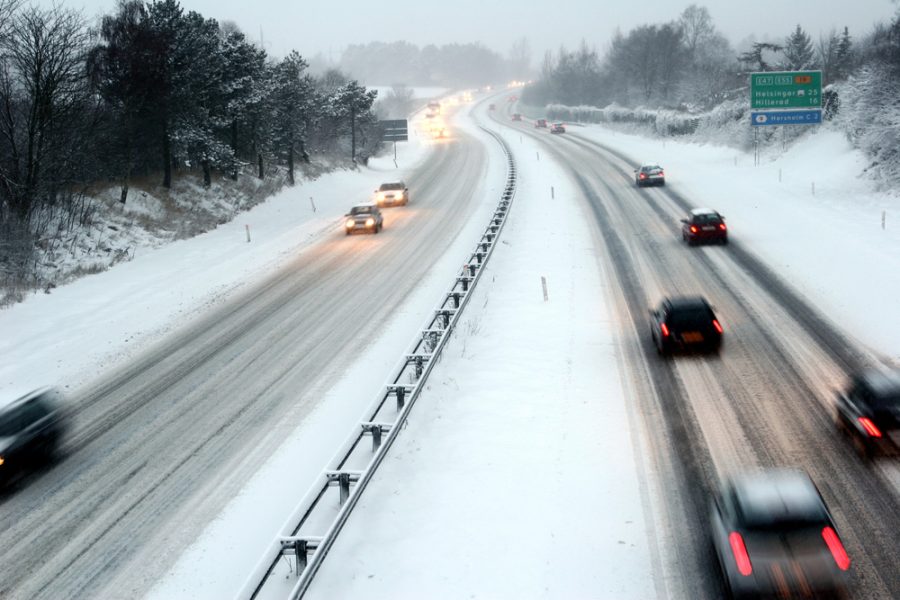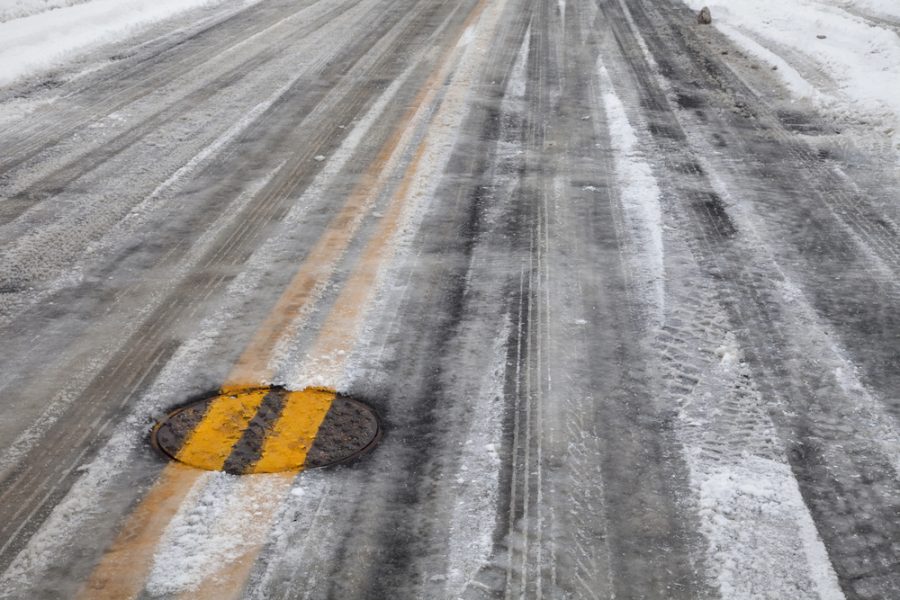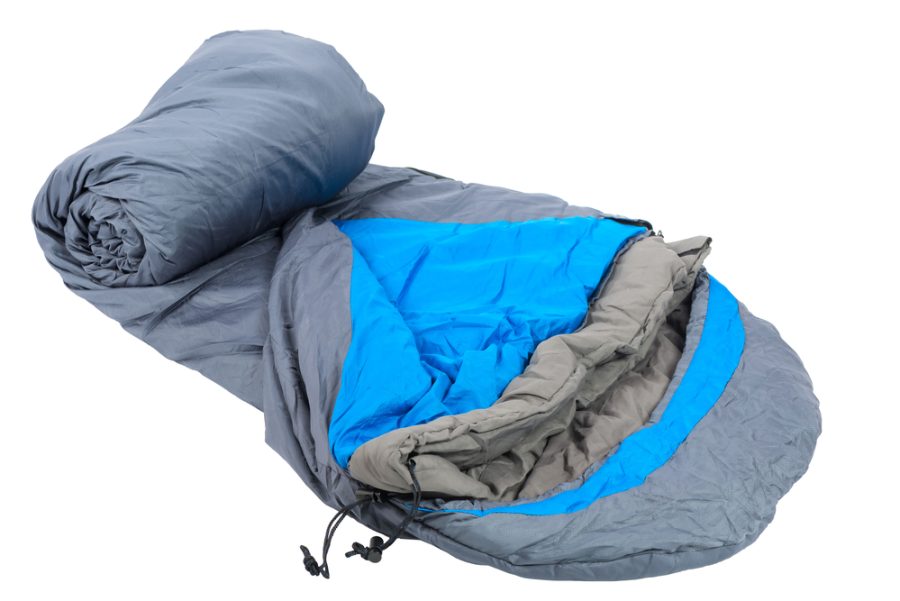Introduction
Winter driving is key, icy roads and bad weather can be a recipe for disaster. Winter weather is unpredictable, snowstorms and black ice can happen out of nowhere, so drivers need to be on high alert. Driver and cargo safety is paramount, accidents on icy roads can be severe. At ShipEX we know how important it is to have strict safety procedures in place to protect our drivers and our operations during the winter months.
ShipEX has a no-chain policy, we don’t want to risk driving on icy roads with chains. Instead, we put our driver’s safety first and tell them to find a safe haven when the weather gets bad. This means our drivers are not exposed to unnecessary risk and it shows we are committed to running a safe and responsible operation no matter what the weather throws at us.
Winter Driving Preparation
Pre-trip checks are key to making sure a vehicle is winter-ready. These checks allow drivers to identify and fix potential issues before they become major problems on icy and snowy roads. Key checks include checking and maintaining tire tread depth which is critical for traction and stability. Proper tire pressure is also important as it ensures good contact with the road surface, safety, and performance.
In addition to tires, the braking system, power steering fluid, and anti-lock brakes should be checked to make sure they are working properly. Winter driving puts extra strain on these systems so maintenance is critical for safe operation.
Carrying an emergency kit in the truck is another important preparation. This should include items such as blankets, food, water, and a dash cam to record road conditions. These can be lifesavers in an emergency and help keep drivers safe and prepared during the winter months.
Defensive Driving Techniques
Keeping a safe distance is a defensive driving technique, especially on icy roads where stopping distances are much longer. Leave plenty of space between your truck and the vehicle in front so you have time to react to sudden stops or changes in traffic, reducing the risk of a collision. Don’t use cruise control in winter conditions. Manual control of your speed allows you to react to the road conditions and maintain stability.
Steady pressure on the brake pedal is another defensive driving technique. This will prevent skidding and allow for more controlled stops. Keep both hands on the wheel and don’t make any sudden movements. Smooth deliberate actions will keep control of the vehicle which is critical on icy and slippery roads. These defensive driving techniques will make you safer and reduce the risks of winter driving.
How to Drive on Ice
AVOID ICE IF YOU CAN
If ice is reported ahead, find an alternative route or find a safe haven to avoid driving on ice. If you can’t avoid icy roads, be prepared to use specific techniques to get through them until you can get to safer ground. These techniques can be used by truck and bus drivers and standard drivers on the road.
Stay Calm and Concentrate:
Stay in control. Keep your eyes on the road and avoid distractions like using your phone or doing anything that will take your mind off driving. Stay focused so you can react quickly to any unexpected situations.
Look Ahead:
Continuously look ahead for hazards like ice, stalled vehicles or debris. See them early so you can adjust your speed and position to get through safely and avoid accidents.
Signal Early:
When you need to change lanes or turn use your signals well in advance. This will alert other drivers to your intentions and give them time to react and prevent accidents in slippery conditions.
Slow Down:
To avoid losing control of your vehicle slow down gradually by taking your foot off the accelerator and braking with steady pressure. Sudden stops will cause skidding so slow down smoothly.
Be Careful:
In icy conditions, you need to drive slower and more carefully than usual. Especially in work zones and areas with poor visibility where unexpected obstacles may be present. Slowing down and being alert will make you safer.
Winter Conditions
Recognizing black ice and other icy road conditions is crucial for safe winter driving. Black ice is a thin layer of transparent ice that blends in with the road and is almost invisible. Drivers should always assume icy patches are present even if they can’t see them. Drive cautiously and be ready for sudden changes in road traction. Avoid sudden lane changes and keep a safe distance from other vehicles to prevent accidents from unexpected slides or skids.
Also be aware of blind spots and the limitations of other drivers’ visibility, especially for truck drivers driving large vehicles. Other drivers may not always see a truck’s size and position increasing the risk of accidents. Being aware of these blind spots will prevent accidents. Knowing that many truck drivers face the same challenges in winter conditions will make you more patient and cautious on the road.
Emergencies
In emergency situations knowing how to react will make all the difference. If you see flashing lights like emergency vehicles or road hazard signals slow down and if possible change lanes to give them space. If you need to stop suddenly due to an unexpected obstacle or hazard slow down gradually to avoid skidding or losing control. Always keep your emergency flashers on so other drivers will know your situation and can adjust their driving accordingly.
Knowing where to shelter in a safe place during bad weather is crucial for truck drivers. In severe winter conditions finding a safe place to wait out the storm is the best option. Know the locations of safe havens along your route and use them when needed to avoid driving on slippery roads. And in case of a breakdown or if you get stranded in icy conditions staying safe is the top priority. Make sure your truck is equipped with an emergency kit with blankets, food, water, and a flashlight. Stay inside your vehicle to stay warm, conserve fuel by running the engine occasionally, and call dispatch or emergency services to get rescued as soon as possible.
Post Trip
After a winter trip do a post-trip inspection to make sure your vehicle is in good condition. These inspections will help you identify any damage or issues caused by the winter conditions like ice buildup, tire wear, or brake damage. Check these components carefully so you can address any problems before they become bigger and your truck is ready for the next trip and overall road safety.
Also, take time to reflect on your driving hours and make sure you had enough rest before your next trip. Fatigue can greatly impair your ability to drive safely, especially in winter conditions. Rest and recharge will keep you alert and focused on the road. Share your experiences and the dangers you encountered with your fellow drivers to promote a safety culture in your team.
Conclusion
Defensive driving and safety are key in winter. Defensive driving is necessary to navigate winter weather challenges like icy roads, poor visibility, and unpredictable conditions.
By following safe driving practices truck drivers can minimize the risk of accidents and be safe for themselves and others on the road. Winter driving requires extra vigilance and preparedness so stay informed and proactive in all situations.
ShipEX is committed to safety as shown by our no-chain policy and sheltering protocol. These are designed to protect our drivers from winter driving hazards so they have the guidance and support to navigate through the bad conditions. We urge all drivers to stay focused, drive safely, and prioritize their own well-being and others on America’s roads. By working together and following these principles we can make sure everyone gets to their destination safely regardless of the winter challenges we face.








